Sewing is a craft that has been around for centuries, and it has evolved greatly over time. Nowadays, there are many advanced sewing machines and tools available in the market, making sewing easier and more efficient. But as a beginner, it can be overwhelming to understand and keep up with all the different sewing tools and their uses. In this article, we will guide you through some of the essential sewing tools and how to use them.
1. Sewing Machine
The most essential tool for sewing is, of course, the sewing machine. There are several types of sewing machines available, including mechanical, electronic, and computerized. Mechanical sewing machines use manual power, while electronic and computerized machines use electricity. It is essential to choose a sewing machine that fits your sewing needs and budget.
Learning how to use a sewing machine can be intimidating, but with practice, you will get the hang of it. Some basic stitches you can start with are straight stitch, zigzag stitch, and buttonhole stitch. Make sure to read the manual carefully and practice on scrap fabric before starting any sewing projects.
2. Hand Sewing Needles
Despite the advances in technology, hand sewing is still an essential part of sewing. Hand sewing needles come in different sizes and types, each suitable for different fabrics. For example, sharp needles are ideal for tightly woven fabrics, while ballpoint needles are best for knit fabrics.
Hand sewing needles are also classified by their eye size and shape. For those with poor eyesight, it is recommended to use a needle with a larger eye to thread the needle easily. You can choose from a variety of needles, such as embroidery needles, quilting needles, and leather needles, depending on your project.
3. Scissors
A good pair of scissors is a must-have for any sewing kit. It is essential to have at least two pairs of scissors; one for cutting fabric and another for trimming threads. Fabric scissors should be sharp and have a long blade for smooth cuts. On the other hand, trimming scissors should be smaller and easier to maneuver to cut threads close to the fabric.
It is important to only use fabric scissors for fabric and not for any other materials as it can dull the blade quickly. It is also important to regularly sharpen your scissors to ensure clean cuts.
4. Pins and Pincushion
Pins are used to hold fabrics together temporarily before sewing them. There are various types of pins, such as straight pins, ballpoint pins, and quilting pins. It is important to choose the right pin for your fabric type to avoid damaging the fabric. It is also recommended to use glass head pins as they do not melt under the heat of an iron.
To keep your pins organized and easily accessible, a pincushion is a must. Pincushions come in different shapes and sizes, from the classic tomato-shaped pincushion to magnetic pincushions. You can even make your own pincushion using scrap fabric.
5. Seam Ripper
As beginners, mistakes are unavoidable. This is where a seam ripper comes in. A seam ripper is a small, pointed tool with a sharp blade used to remove stitches. It is important to have a good quality seam ripper as a dull one can cause damage to your fabric.
6. Measuring Tools
Accurate measuring is essential in sewing to ensure a perfect fit. A basic measuring tape is a versatile tool that can be used to measure fabric, body measurements, and even patterns. A clear plastic ruler is also helpful, especially when marking hems or other straight edges. To keep your measuring tools organized, a measuring gauge can be used to mark the length and width quickly.
In Conclusion
Sewing tools are just as important as the sewing machine itself. As a beginner, it is essential to have the basic tools mentioned above to get started on your sewing journey. With practice and patience, you will soon be able to use these tools like a pro and create beautiful and unique sewing projects.
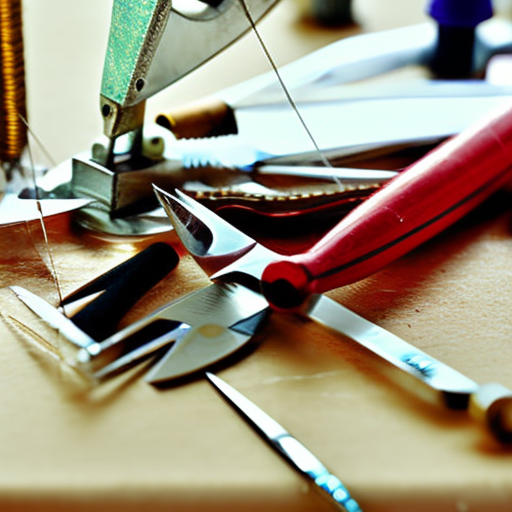
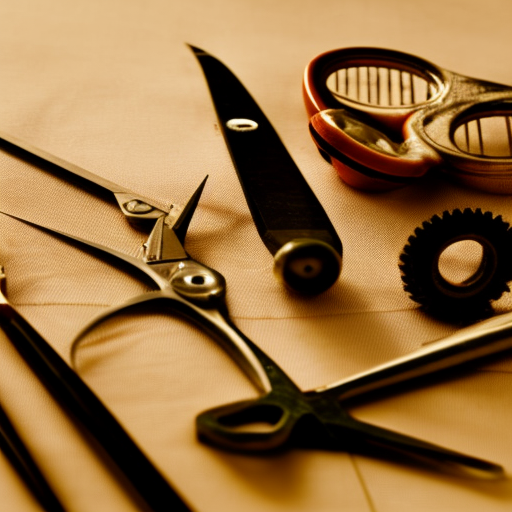
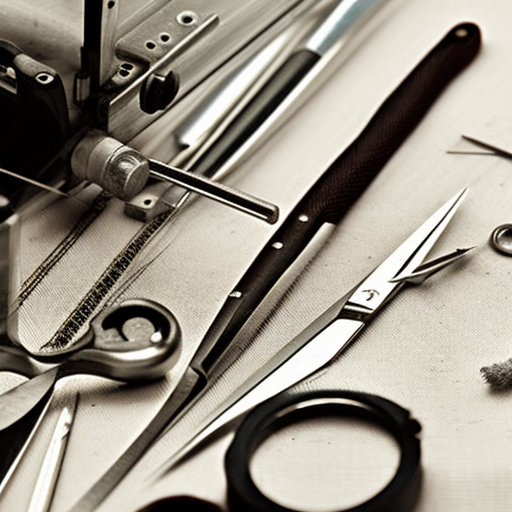
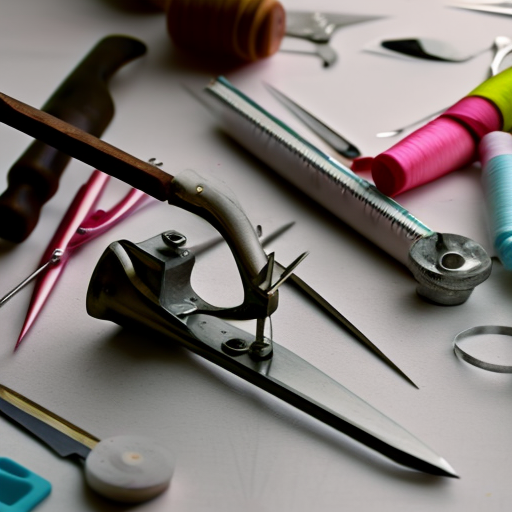
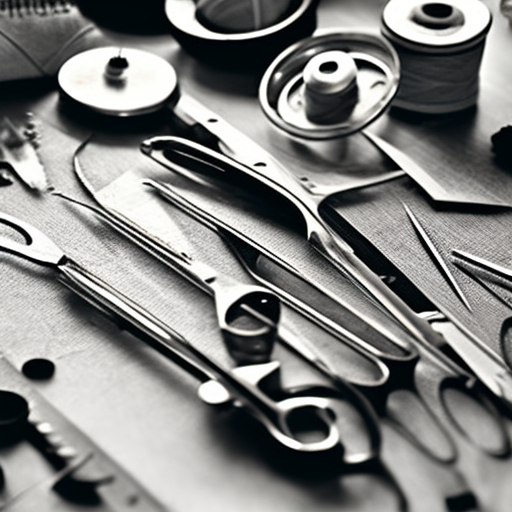
Wow amazing! I have been thinking of learning how to sew and this is very helpful! #SewingMaster
Tara Smith: This looks like a great guide. I’ll have to put some of these tips to use #SewingSkills
Helpful list for those new to sewing! #SewingProjects
Great post! It’s so helpful to have useful tips and tools for new sewers. Learning the basics is essential before launching into your own projects. #SewAndStitch
What an incredible resource; such a great help for both experts and beginners. I’m so glad this guide exists. #SewWhatYouLove